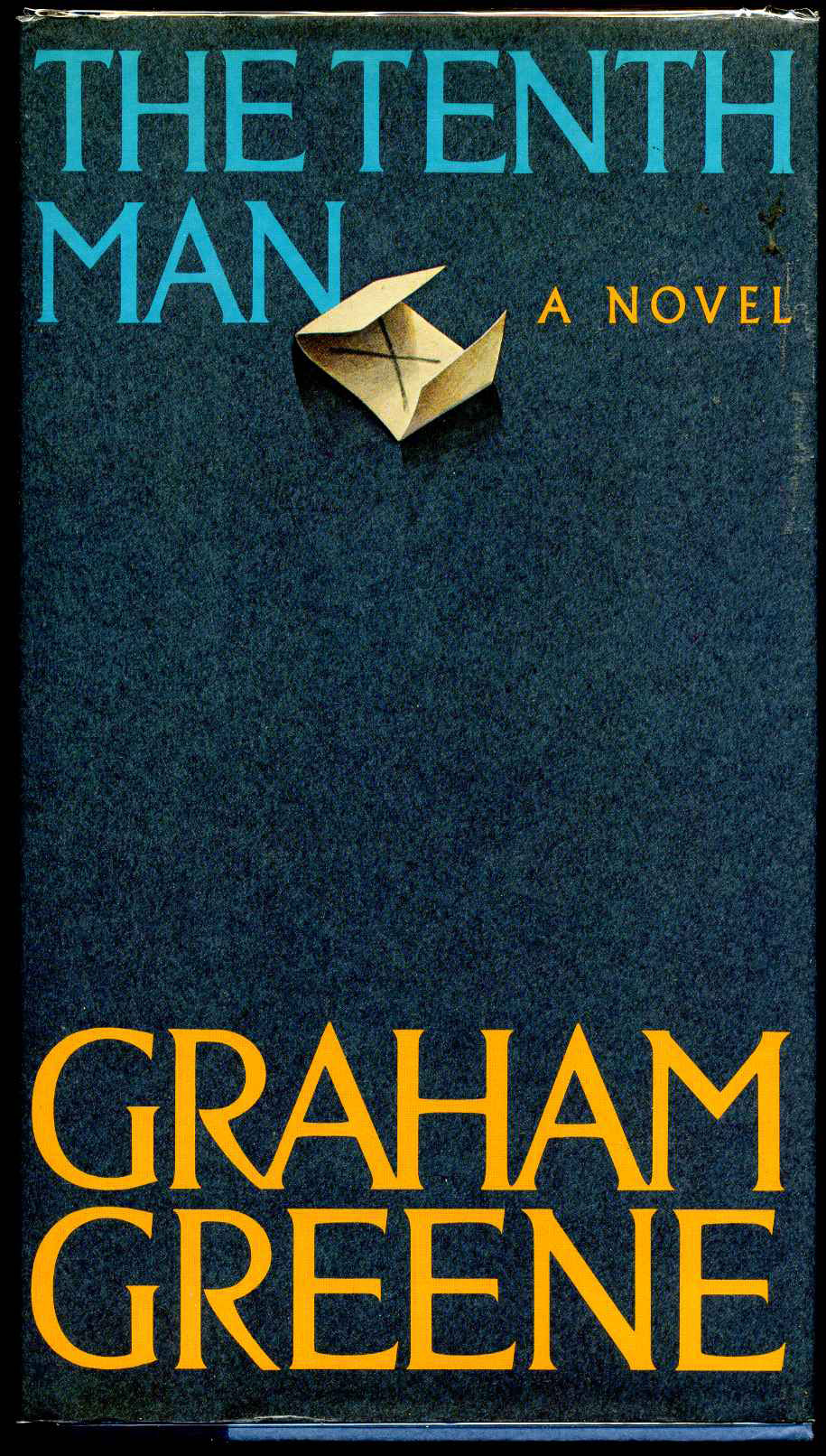Readers question morality in “The Tenth Man”
By: Zoe Ohye
Staff Writer

If you had the money and power to sacrifice another man’s life in place of your own would you? This is the main plot of the classic, “The Tenth Man” by Graham Greene.
“The Tenth Man” was originally written in 1944 but was published in 1985. The novella takes place during World War II and has a total of four parts.
In the first part, we are introduced to 30 Frenchmen who have been taken hostage by the Germans and are all stuck in a small prison room together.
The story begins when the Germans decide that three of the 30 hostages need to be executed. It is up to the hostages to decide who will be the three unlucky men.
The hostages all finally decide the easiest method is drawing lots in the order of last names starting from Z to A.
The main character, Louis Chavel, a lawyer, has a gut feeling that his time is drawing to an end. He is the second to last man who has to draw and is the final man chosen to be executed the next morning.
While the other two men who were chosen accepted their fate as it was, Chavel does not and begins offering tons of money to anyone who wants to take his place.
Chavel knows that most of the hostages are not well off compared to him so he takes advantage of them by offering an amount of money these men have never seen in real life.
When nobody takes him up on his offer, he goes even deeper and offers everything he owns, his estate and every cent to his name.
Finally, a man who everyone refers to as Janvier bites and implores more about Chavel’s offer.
Chavel and Janvier make the deal and begin to write up the plan. Janvier writes his will ensuring that everything he owned will go to his mother and sister.
When tension from drawing lots settles, Chavel instantly regrets what he has done and wishes he had just been executed.
The novella then goes forward in time to the end of World War II with Chavel trying to survive and live with his conscious, knowing he selfishly killed a man.
Greene takes us through Chavel, now known as Charlot, visiting his old estate and meeting Janvier’s sister and mother.
While this novella is quite short, a lot happens in each part and left me trying to figure out the new direction each part would take.
Greene knows how to write in a precise manner and manages to write multiple overarching storylines in less than 200 pages.
For a classic, the language is very accessible and is not hard to understand, with an engaging and almost noir feel to it.
I was surprised by the outcome of this novella. Going into it, I thought the entire book would take place in the prison revolving around the executions.
Instead, we are introduced to many new characters in each part and get drawn deeper into the story of Chavel’s guilt and how he deals with the choice he made in the prison.
This is a great read and I would recommend it. I rate this 4 out of 5 stars.
